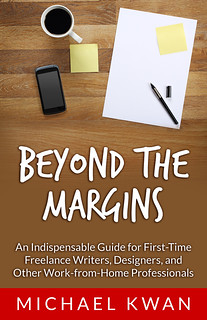In 1532, Francisco Pezzaro traveled across the sea from Spain to what was referred to as Peru back in the day, looking for the legend of El Dorado (the golden road). Although he didn’t find it, what he did find was a mountain filled to the brim with silver. Francisco drooled over this find.
The Inca who lived there liked silver too, but being the ancient American equivalent of a communist society, they valued it only for its shiny qualities. In fact, they couldn’t fathom why Francisco was so damned obsessed with the stuff. They had no notion of the metal being used as currency, since they had no notion of currency itself. Too bad for them, since Francisco had guns and he forced the Inca into slavery, having mine the silver for him to take back to Spain.
Rude Awakening Time
You’re probably wondering what this has to do with inflation. Well, when Francisco got back to Spain and looked into buying a nice new home, going out for nice dinners and having an entourage of women around him, he found it was a lot harder than he expected.
Putting It Into Everyday Context
Ever been out to dinner with a multi-millionaire? There’s that thought in the back of your head, “Pfft, they could easily pay for dinner without a problem.” Maybe you’ve been to the casino and one of your buddies won big. It’s only decent that they buys a round of drinks right?
This concept of scarcity and abundance translates into the way our economy operates. When inflation goes up, the cost of commodities (oil, food, lumber) skyrockets. Yes, you’ll get a pay raise when the government injects more money into the system. You’ll be thinking to yourself, “WOO HOO!”
Then, you run into me. I own an artichoke farm. So, if I understand correctly, the government gets to print as much money as it wants, thus they are making me work essentially for free? So, you can produce as much money you want to buy my artichokes? I don’t think so! With more money in the economy, the cost of goods has to go up too. And that includes artichokes.
What You Have To Do With It
Most people I’ve spoken with on the topic were under the impression that inflation is how the buying power of our dollar weakens over time, which is true. The thing I find most people struggle with is understanding why the cost of things have to go up. It’s not that they have to go up.
In the case of “the chicken and the egg,” the price of commodities goes up as a result of the government printing more money and not the other way around. This is essential to know, even as a casual investor who’s simply saving for retirement. In your planning, make sure you account for the rise in the price of everything.






I’m a bit surprised to see a description of inflation without going into aggregate supply and demand.
Inflation occurs when either aggregate demand increases (demand-pull inflation), or the amount supplied decreases (cost-push). Demand-pull inflation occurs when the aggregate demand of the economy increases, because people are demanding goods and services more, while cost-push occurs when the cost of production increases and therefore firms reduce supply.
I gotta be honest, I really didn’t understand what you were getting at with the “everyday context” section.
I should have been a bit more clear about my intent. I wanted to illustrate the correlation between inflation and the rise in commodity prices in a very simple way with every day language.
Ever heard of Bitcoins? It’s an experiment that addresses the inflation problem. Only a few people use it, but its getting some steam.
*it’s